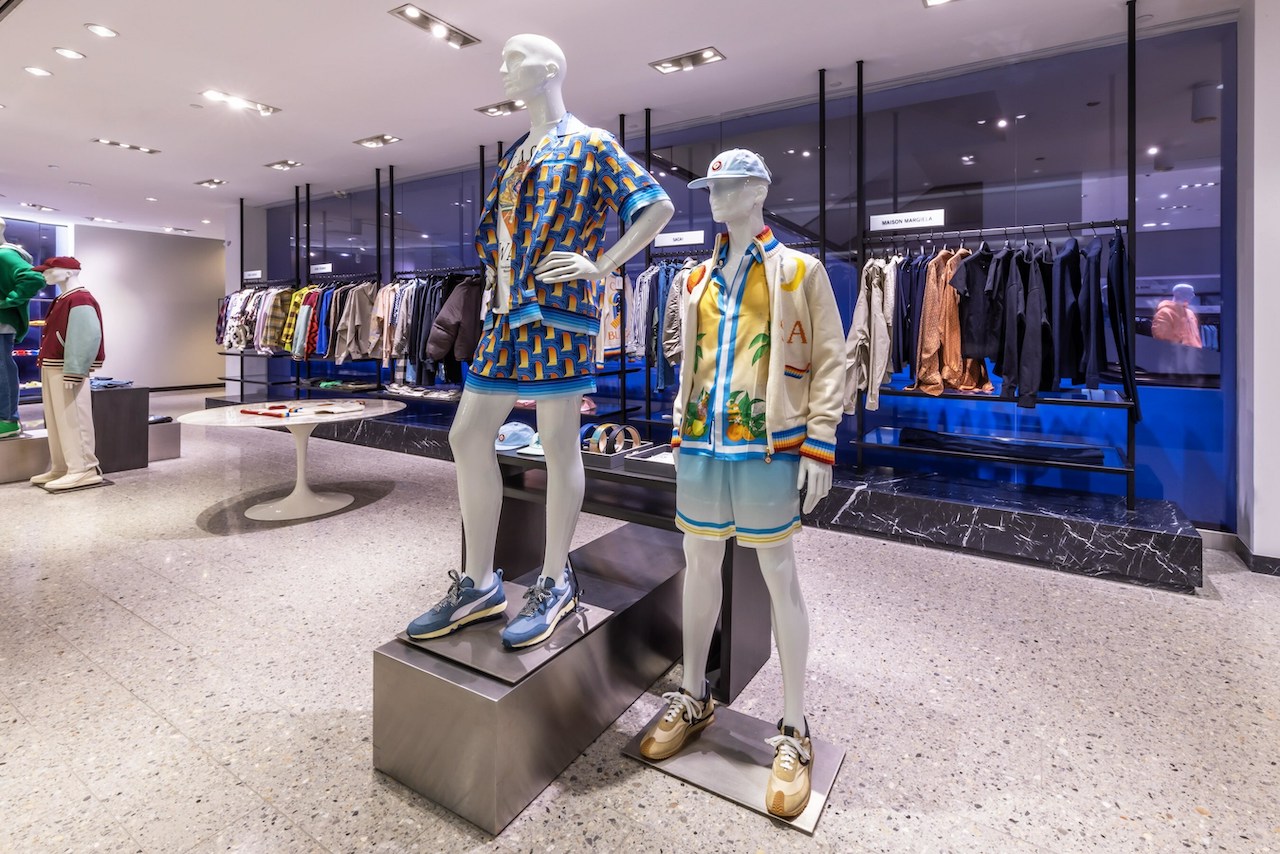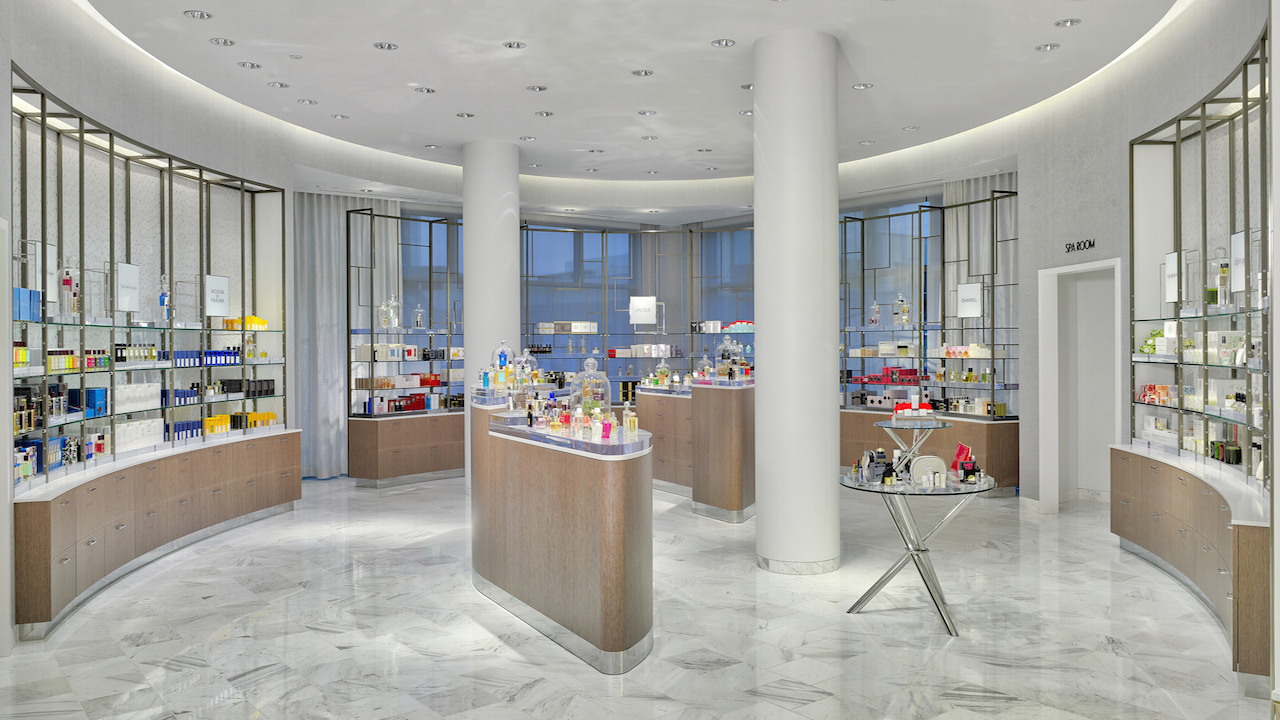Industry Impact

Saks buys neiman marcus – The acquisition of Neiman Marcus by Saks is a significant event that is expected to have a major impact on the luxury retail industry. The combined entity will create a formidable competitor with a wide reach and a strong brand portfolio.
One of the most significant implications of the acquisition is the increased competition it will create in the luxury retail market. Saks and Neiman Marcus are two of the largest luxury retailers in the United States, and their combination will create a company with a market share that is significantly larger than any of its competitors.
Competitive Landscape
The acquisition will also give Saks a number of advantages over its competitors. First, it will give Saks a much larger geographic reach. Neiman Marcus has a strong presence in the southern and western United States, while Saks has a strong presence in the northeast and midwest. The combined company will have a presence in all of the major luxury retail markets in the United States.
The retail world is abuzz with the news of Saks’ acquisition of Neiman Marcus. This merger has brought together two iconic brands, creating a formidable force in the luxury department store market. Saks Fifth Avenue, known for its exceptional customer service and curated selection of designer labels, saks fifth avenue has long been a destination for discerning shoppers.
With the addition of Neiman Marcus, Saks now has an even stronger presence in the luxury retail landscape, offering an even more comprehensive selection of high-end fashion, accessories, and home goods.
Second, the acquisition will give Saks a more diverse brand portfolio. Neiman Marcus has a strong reputation for selling high-end designer fashion, while Saks has a more contemporary and accessible brand image. The combined company will be able to offer a wider range of products to its customers, which will make it more appealing to a wider range of consumers.
Implications for Other Retailers
The acquisition of Neiman Marcus by Saks is also likely to have a significant impact on other luxury retailers. The combined company will be a much more formidable competitor, and it is likely to put pressure on other retailers to improve their operations and marketing strategies.
Saks’s recent acquisition of Neiman Marcus has sparked significant interest in the company’s financial standing. Saks stock has seen a surge in trading activity, with investors eager to gauge the potential impact of the merger. As the integration process unfolds, analysts will closely monitor Saks’s performance to determine its long-term prospects in the highly competitive retail landscape.
Some of the retailers that are most likely to be affected by the acquisition include Nordstrom, Bloomingdale’s, and Macy’s. These retailers will need to find ways to differentiate themselves from Saks and Neiman Marcus in order to remain competitive.
Brand Synergy and Customer Experience

The merger of Saks and Neiman Marcus creates a formidable entity in the luxury retail sector, combining the strengths of two iconic brands. This synergy presents significant opportunities to enhance the customer experience and drive innovation in the industry.
Leveraging Complementary Brand Attributes
Saks is known for its fashion-forward and trend-setting approach, while Neiman Marcus is renowned for its exceptional customer service and curated luxury offerings. By combining these attributes, the merged entity can cater to a wider range of customer preferences, offering a comprehensive and differentiated shopping experience.
Enhancing Customer Loyalty and Engagement
The combined loyalty programs of Saks and Neiman Marcus provide a powerful tool for building customer loyalty and engagement. By integrating these programs, the merged entity can offer exclusive rewards, personalized experiences, and tailored promotions, fostering long-term relationships with its discerning clientele.
Driving Innovation and Differentiation, Saks buys neiman marcus
The merger creates a platform for innovation and differentiation in the luxury retail market. The combined resources and expertise of Saks and Neiman Marcus enable the entity to explore new technologies, such as augmented reality and virtual try-on, to enhance the customer experience. Additionally, it can leverage its scale to negotiate exclusive partnerships with designers and brands, offering unique and highly sought-after products.
Financial and Operational Considerations: Saks Buys Neiman Marcus
The Saks-Neiman Marcus acquisition presents significant financial and operational implications for both companies. Let’s analyze these aspects in detail.
Revenue Synergies
The acquisition offers potential revenue synergies through expanded product offerings, cross-selling opportunities, and enhanced customer reach. By combining their product lines, Saks and Neiman Marcus can provide a more comprehensive selection to their customers. Additionally, they can leverage their combined customer base to cross-sell products and services, driving incremental revenue growth.
Cost Savings
The merger also presents opportunities for cost savings through operational efficiencies and economies of scale. By consolidating operations, Saks and Neiman Marcus can reduce redundancies in areas such as supply chain management, marketing, and administration. This can lead to significant cost reductions, improving the overall profitability of the combined entity.
Potential Risks
While the acquisition offers potential benefits, there are also potential risks to consider. One major risk is the integration challenges associated with merging two large retail organizations. Cultural differences, differing operational processes, and employee resistance can all pose challenges to a successful integration. Additionally, the acquisition could lead to increased debt and leverage for Saks, potentially impacting its financial flexibility and growth prospects.
